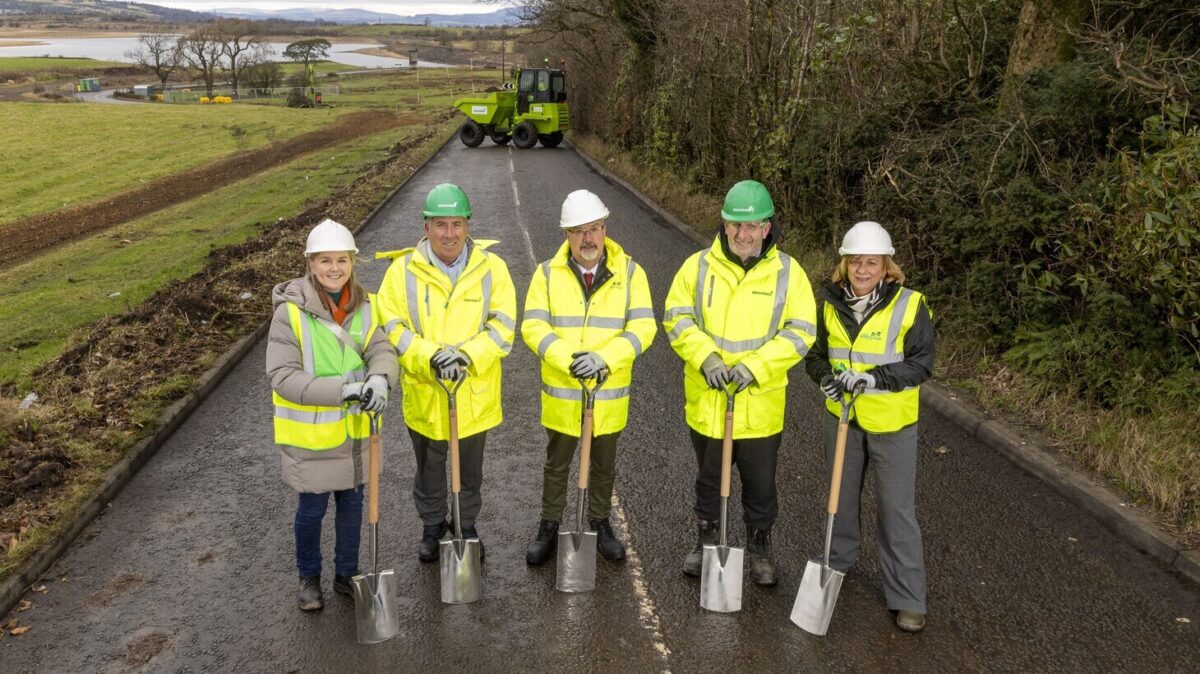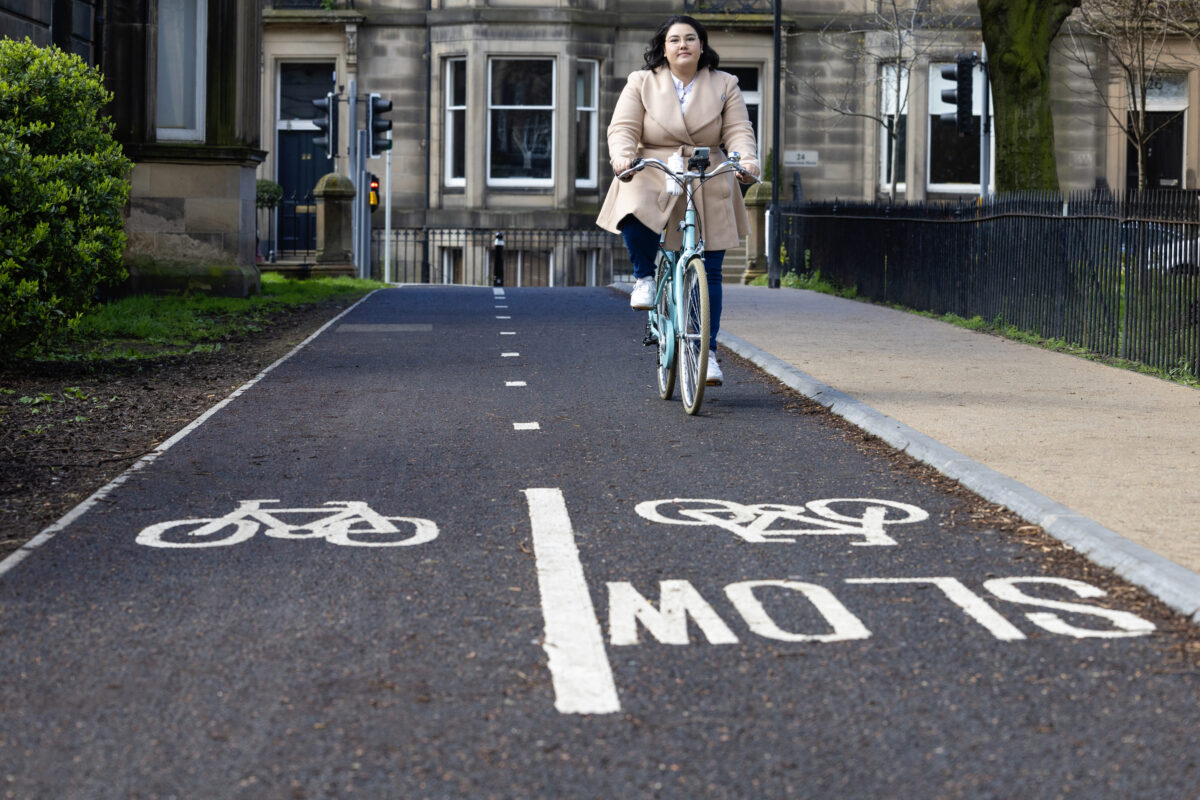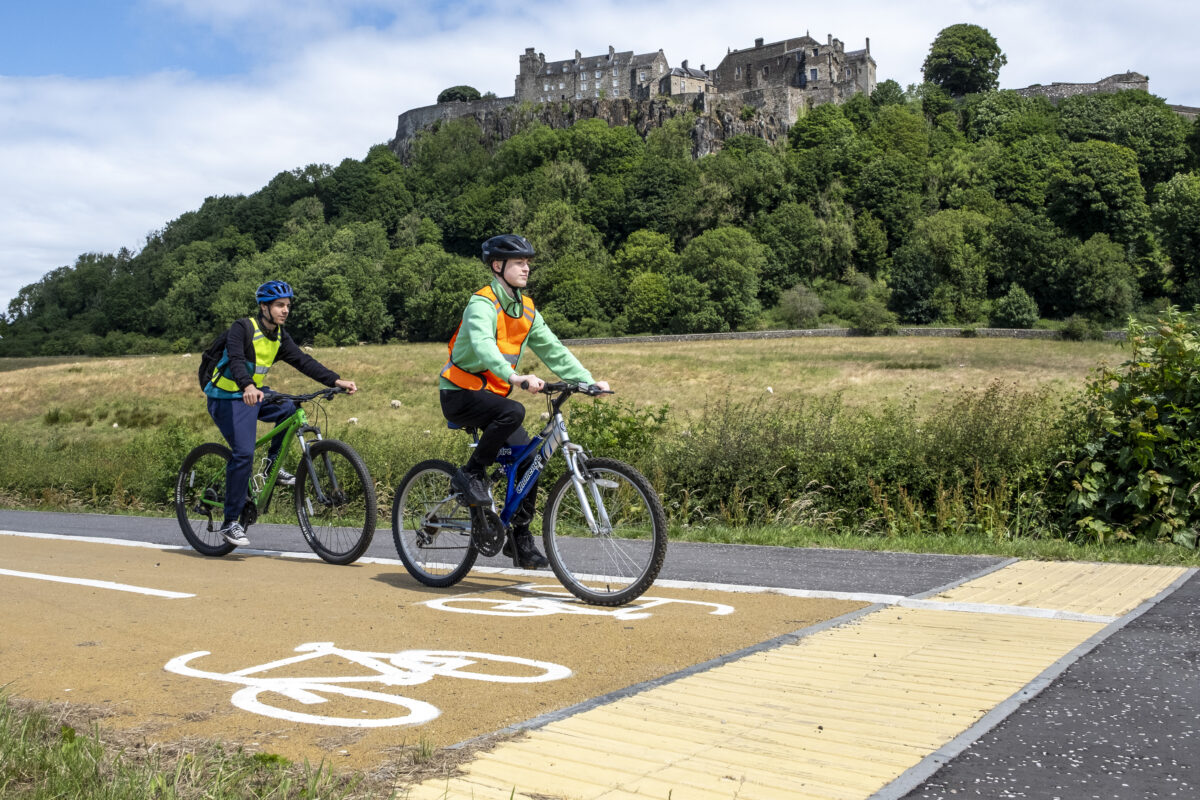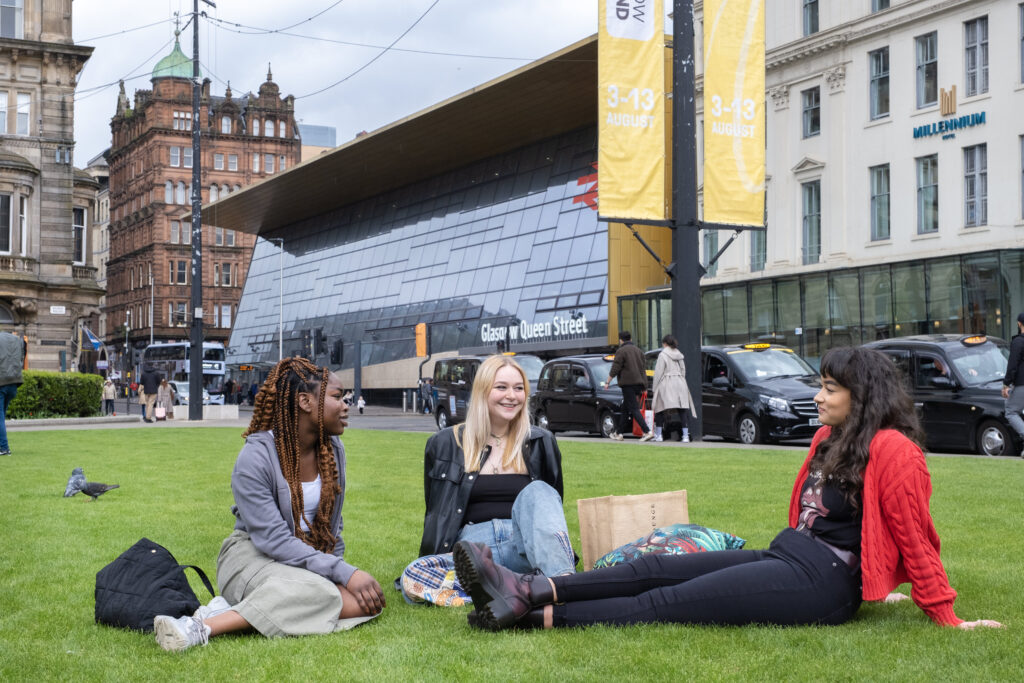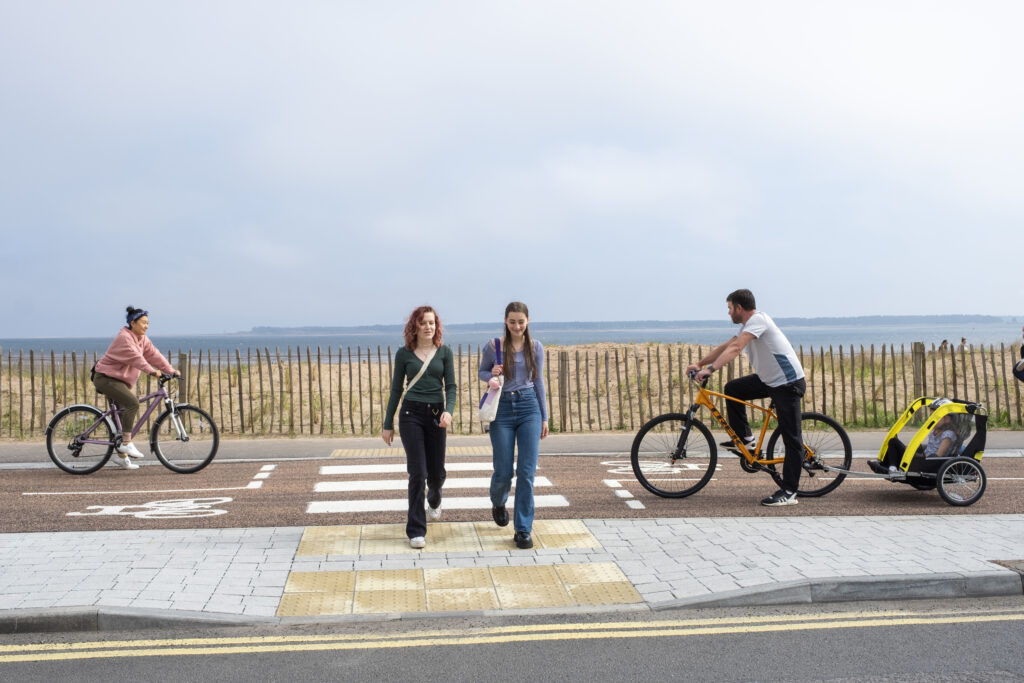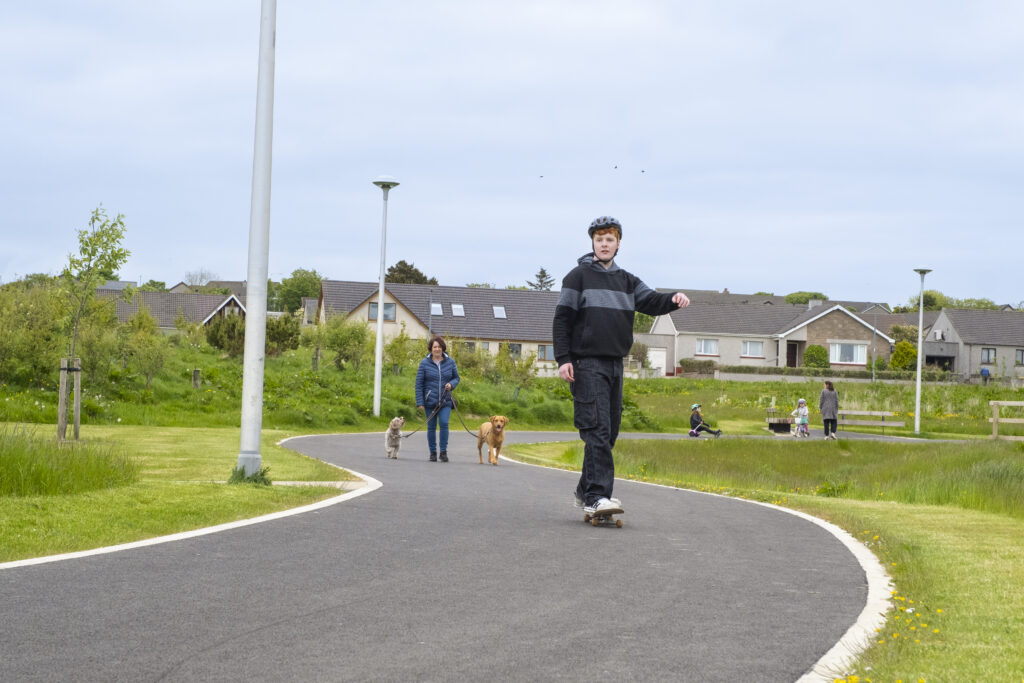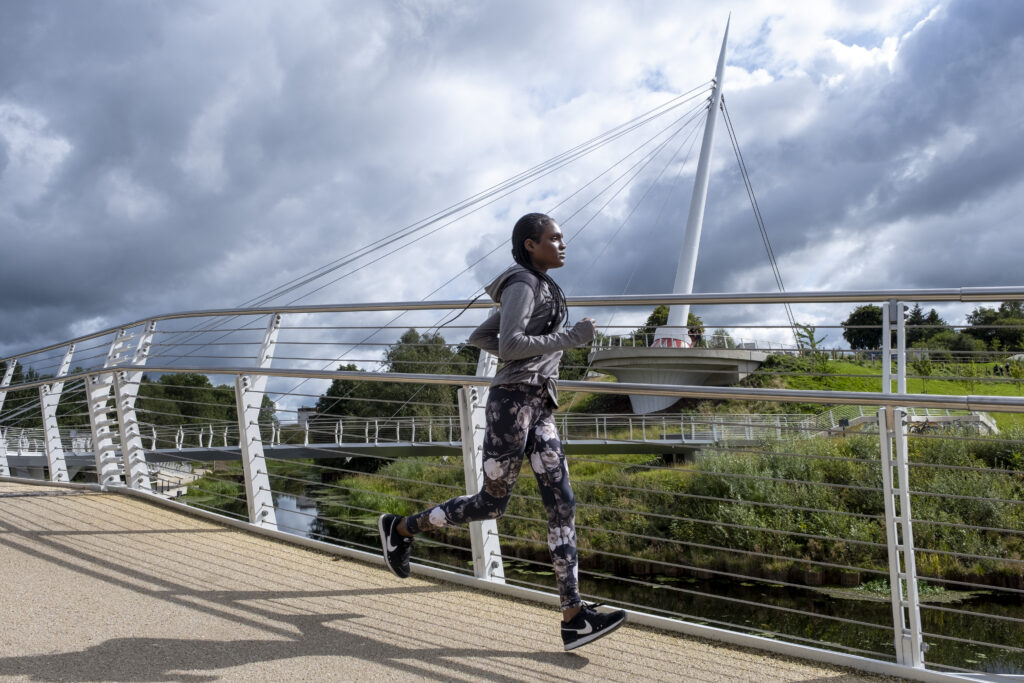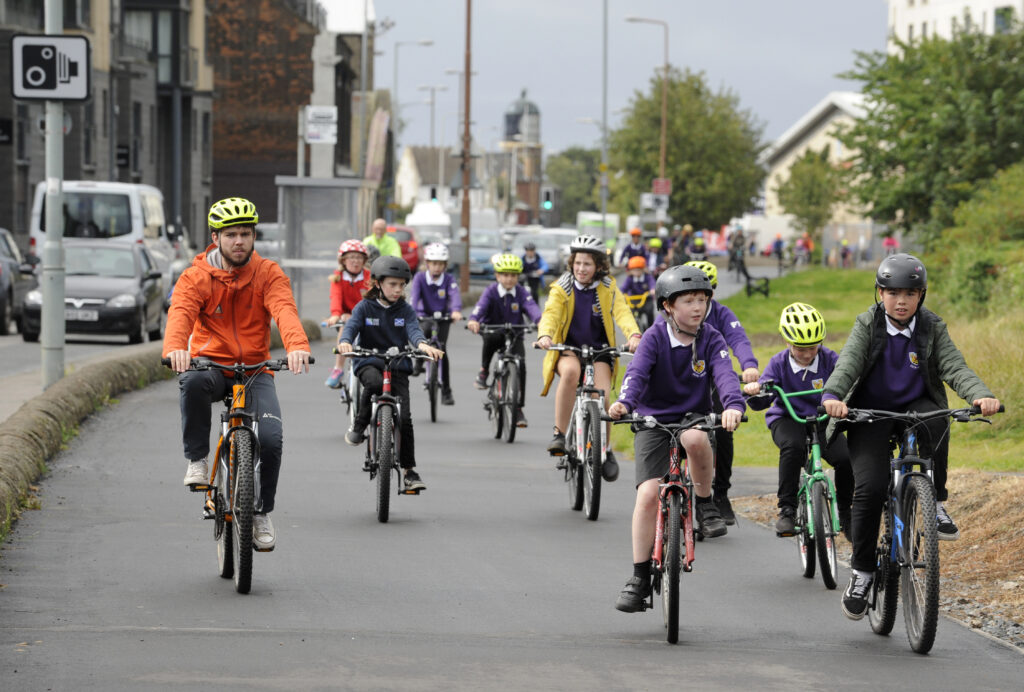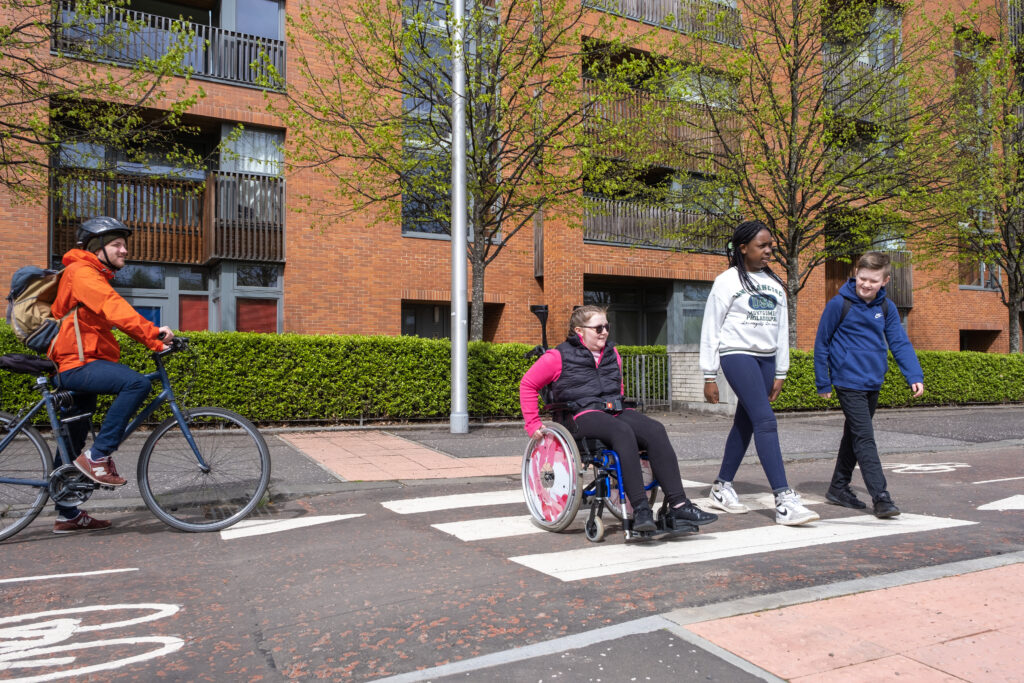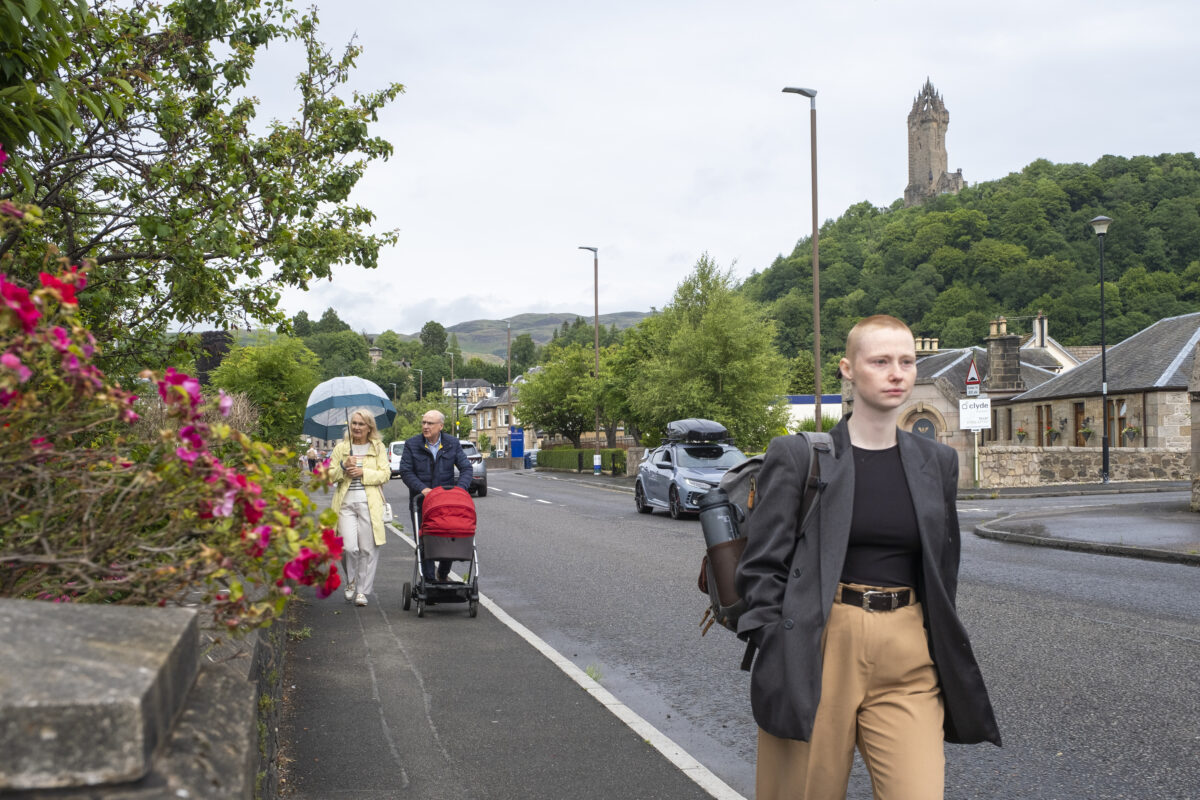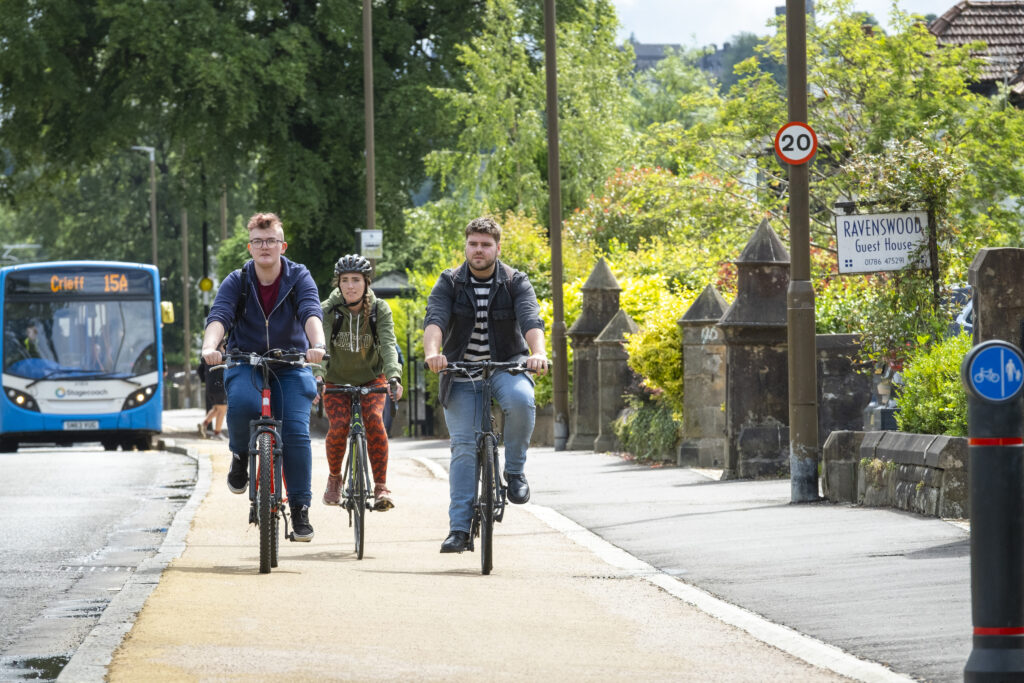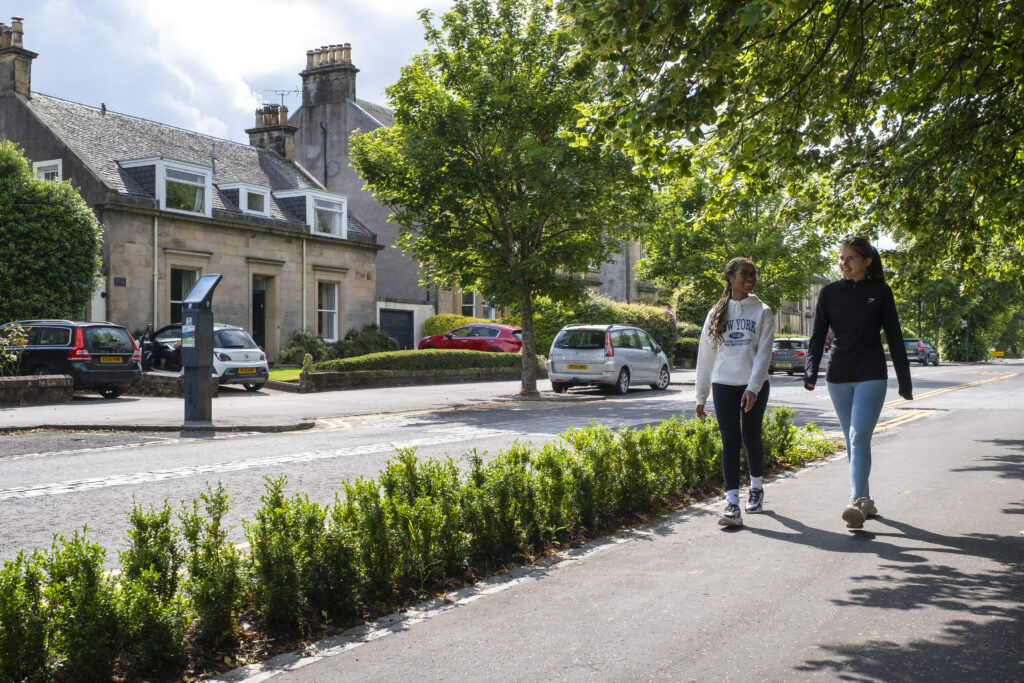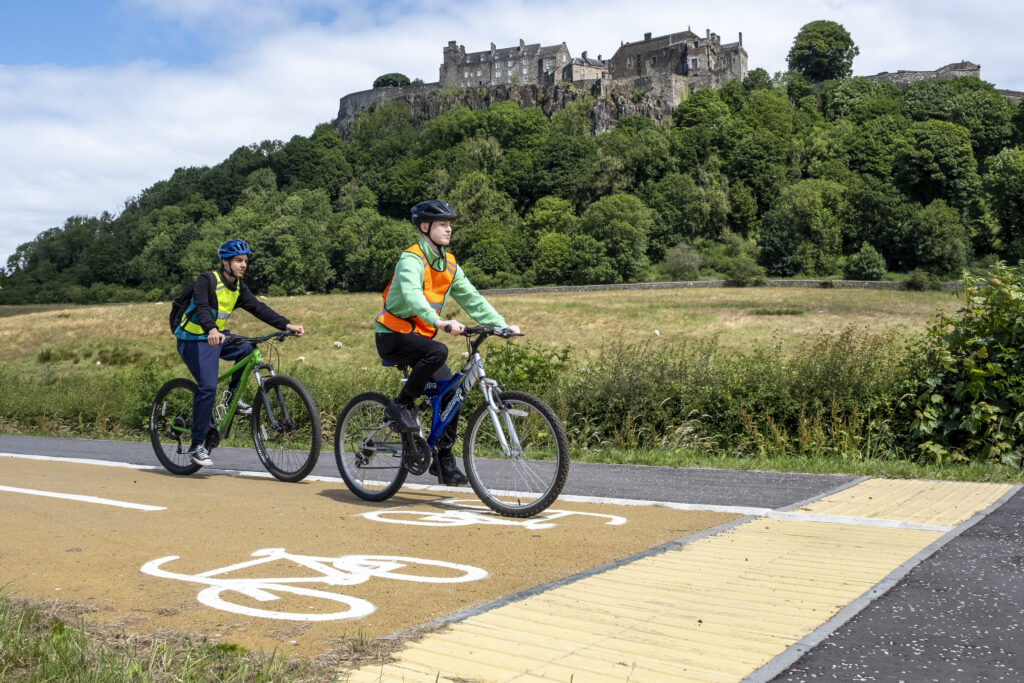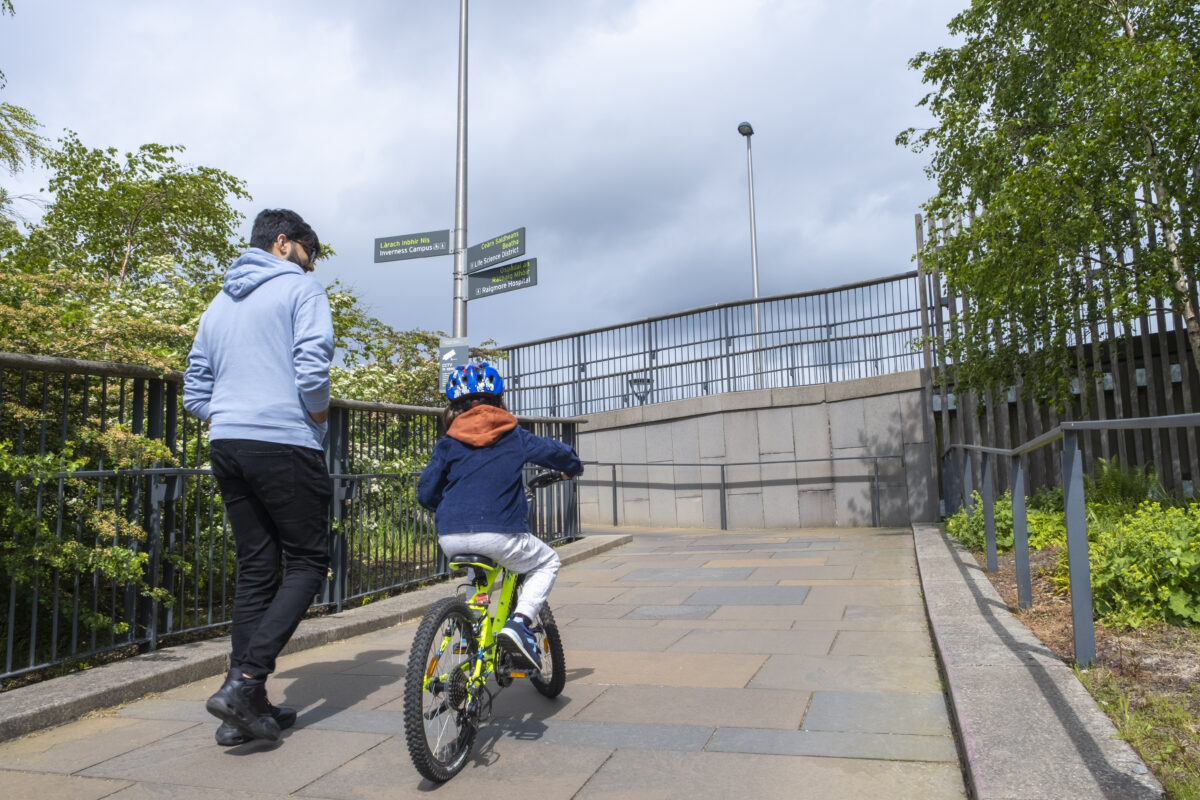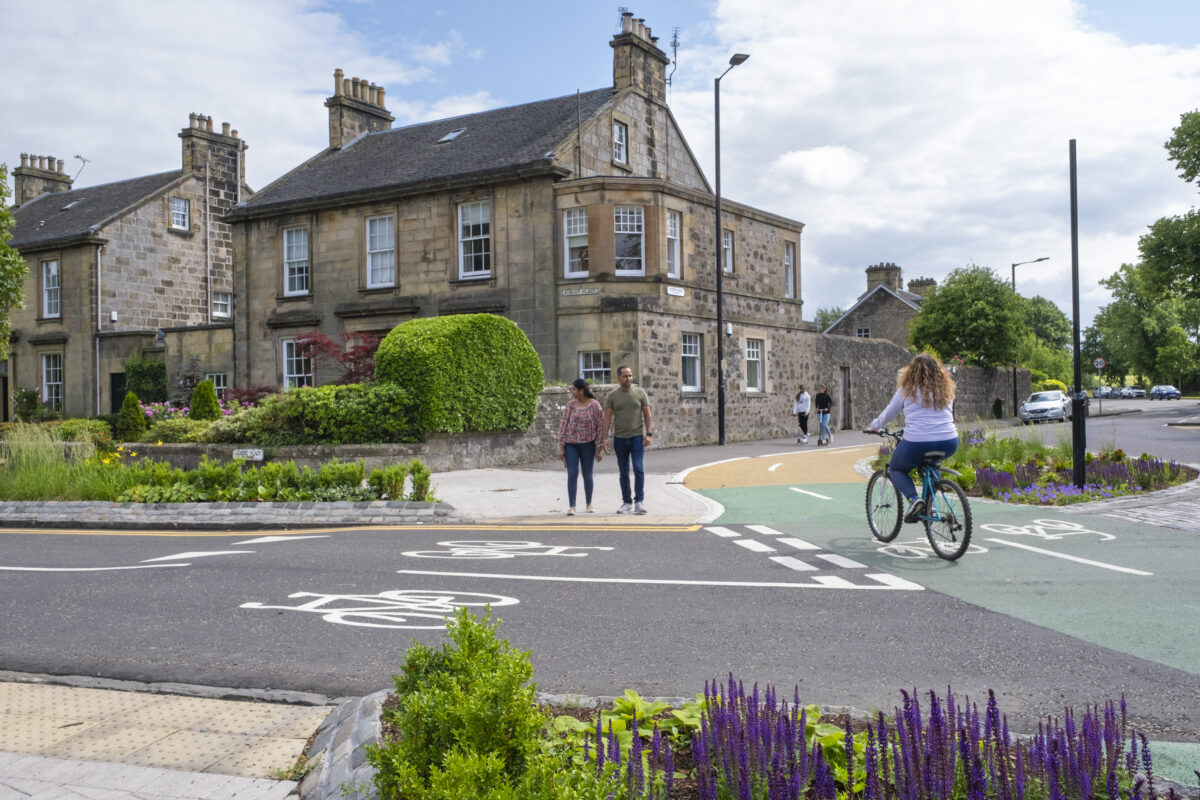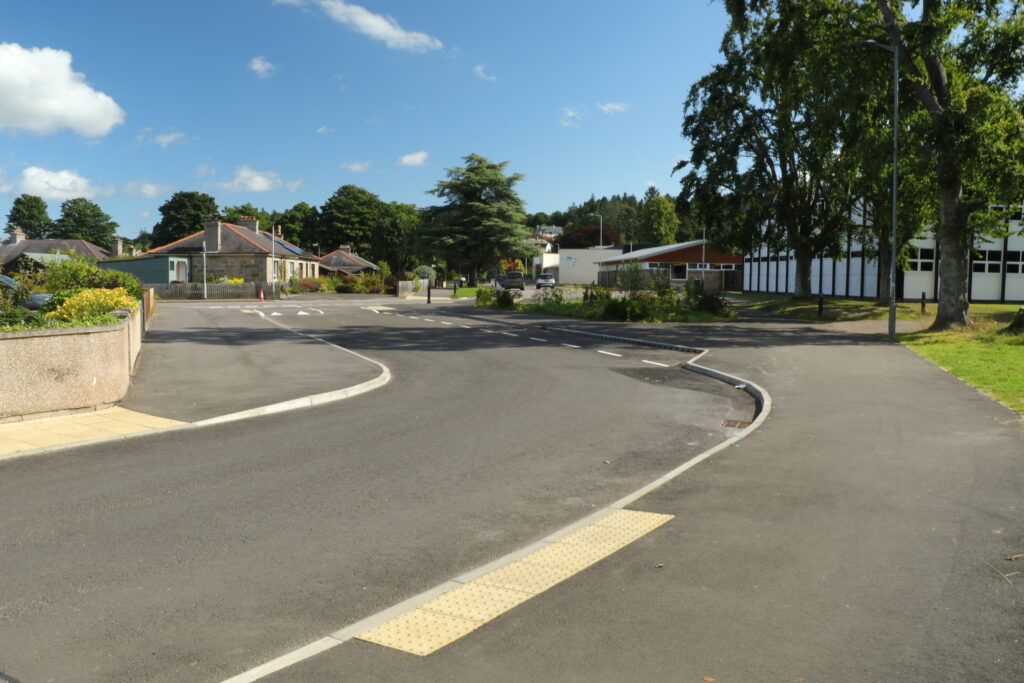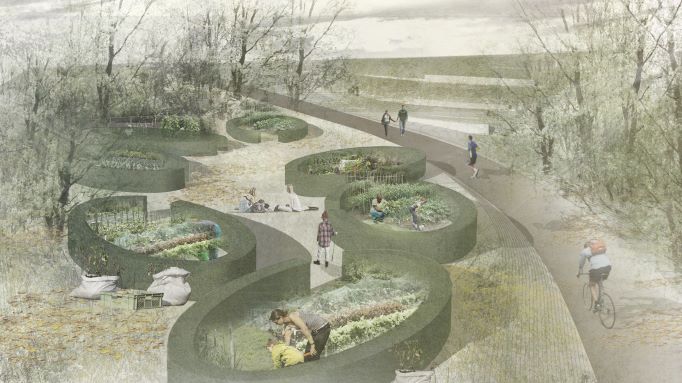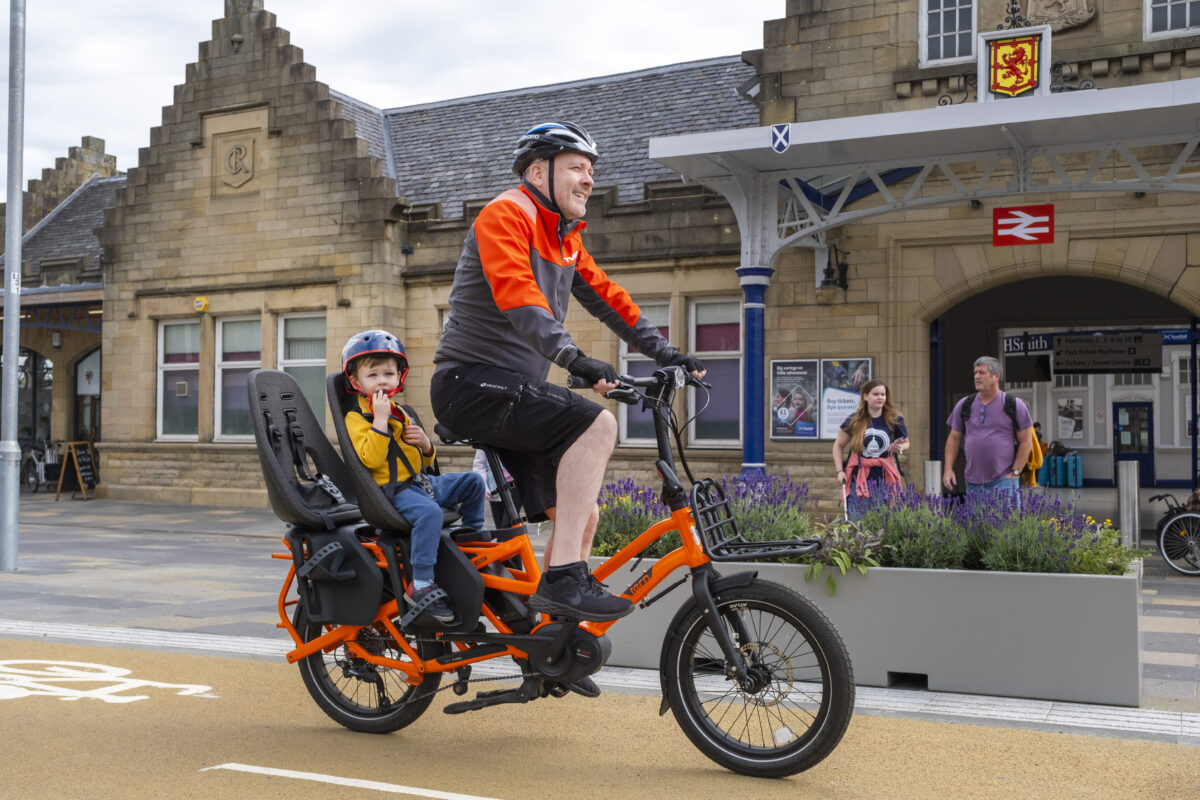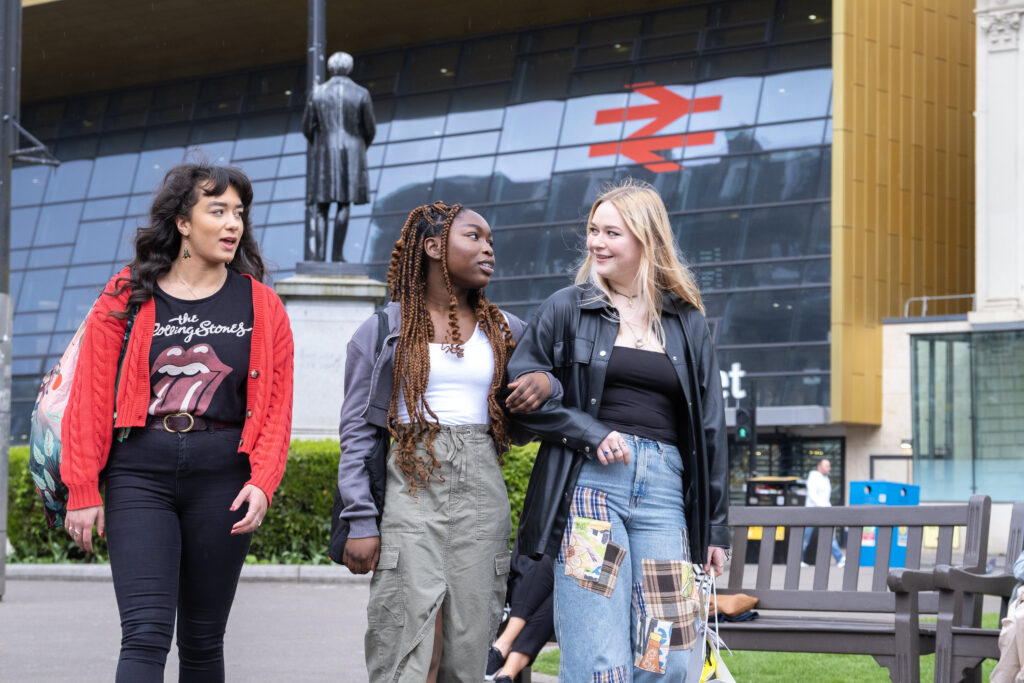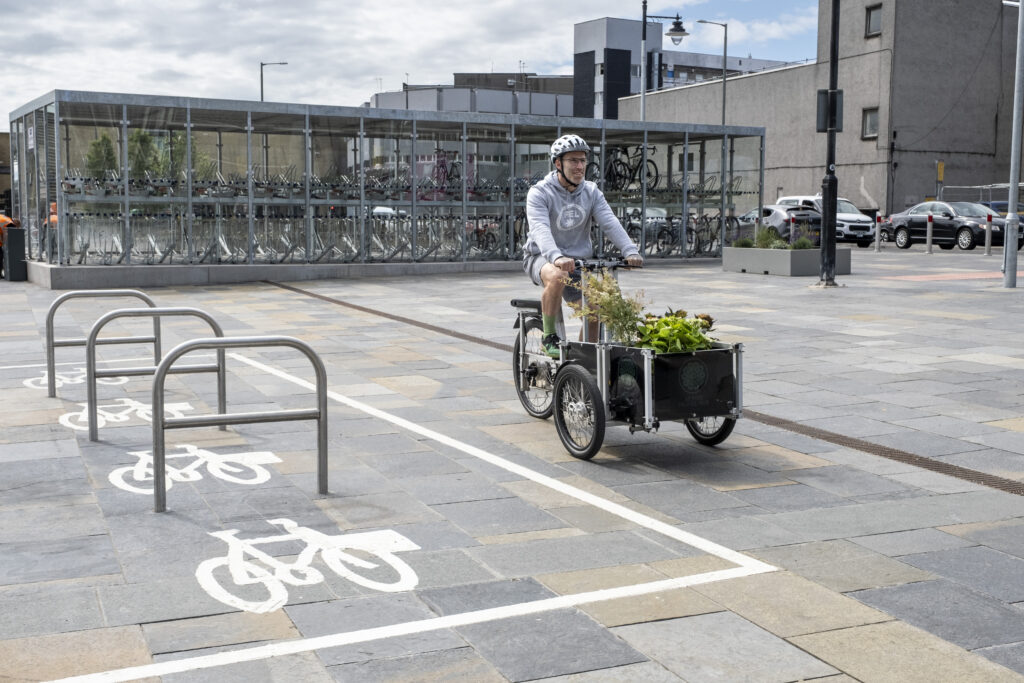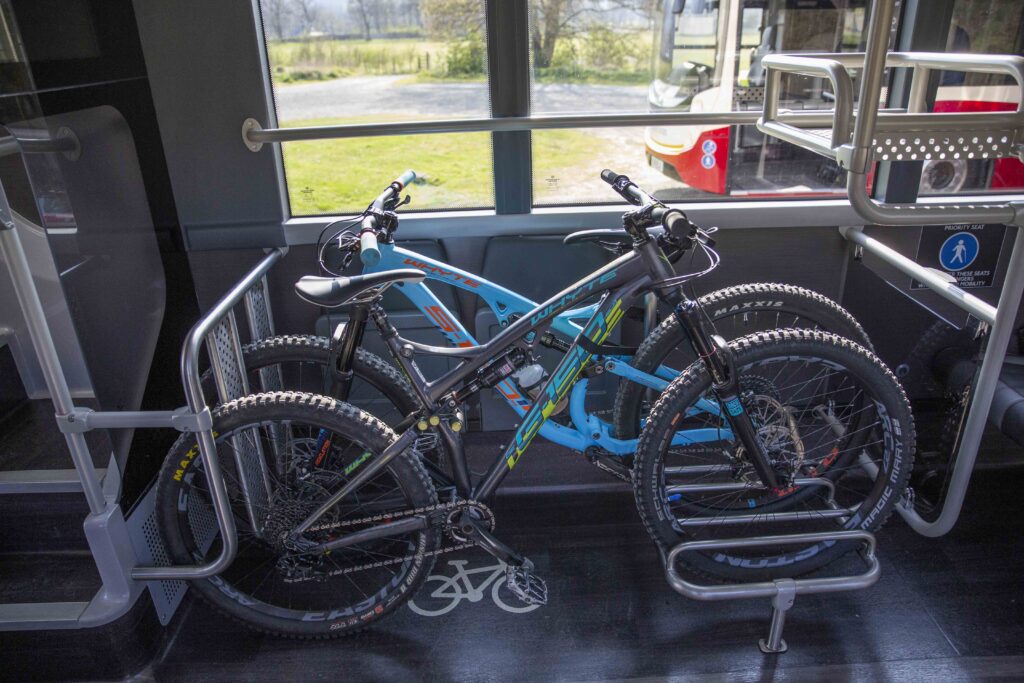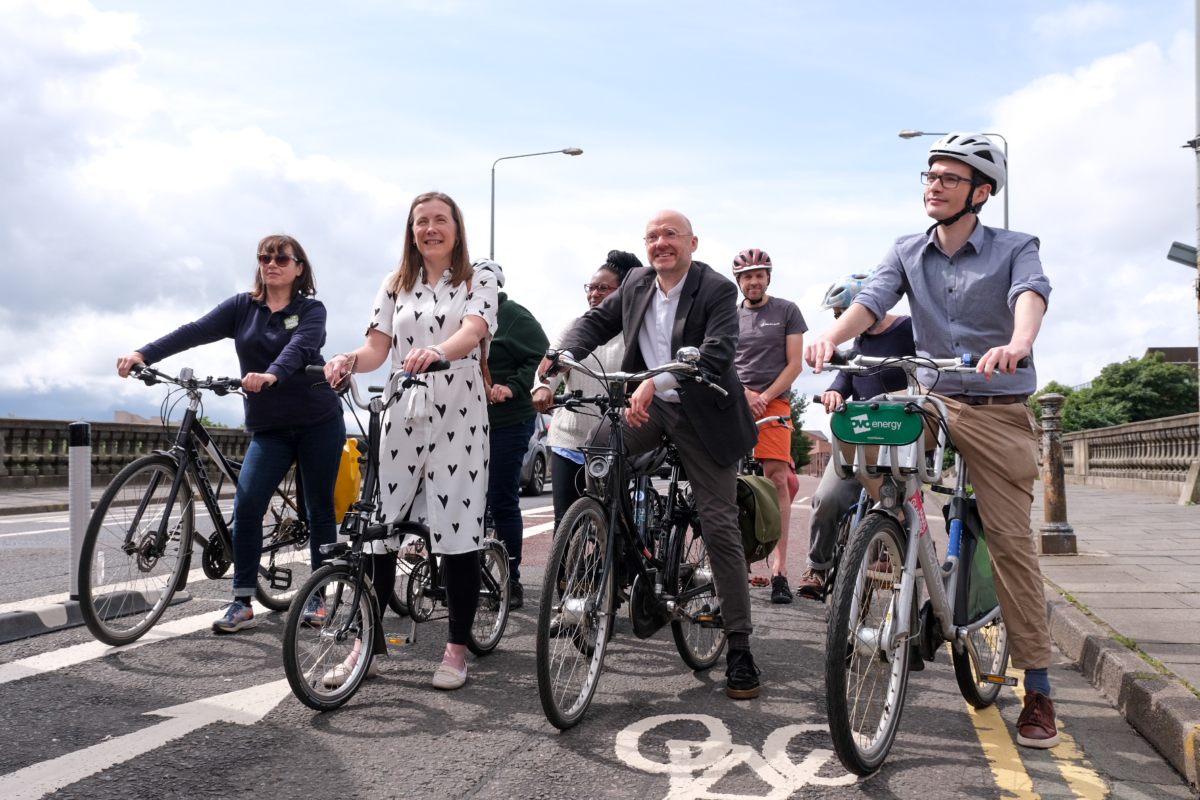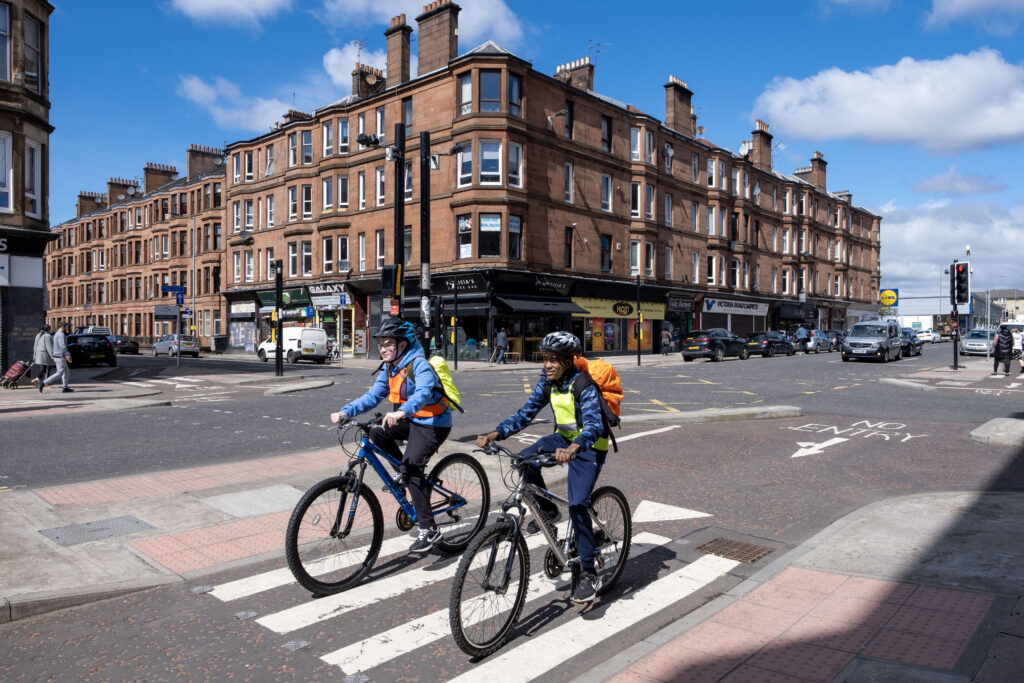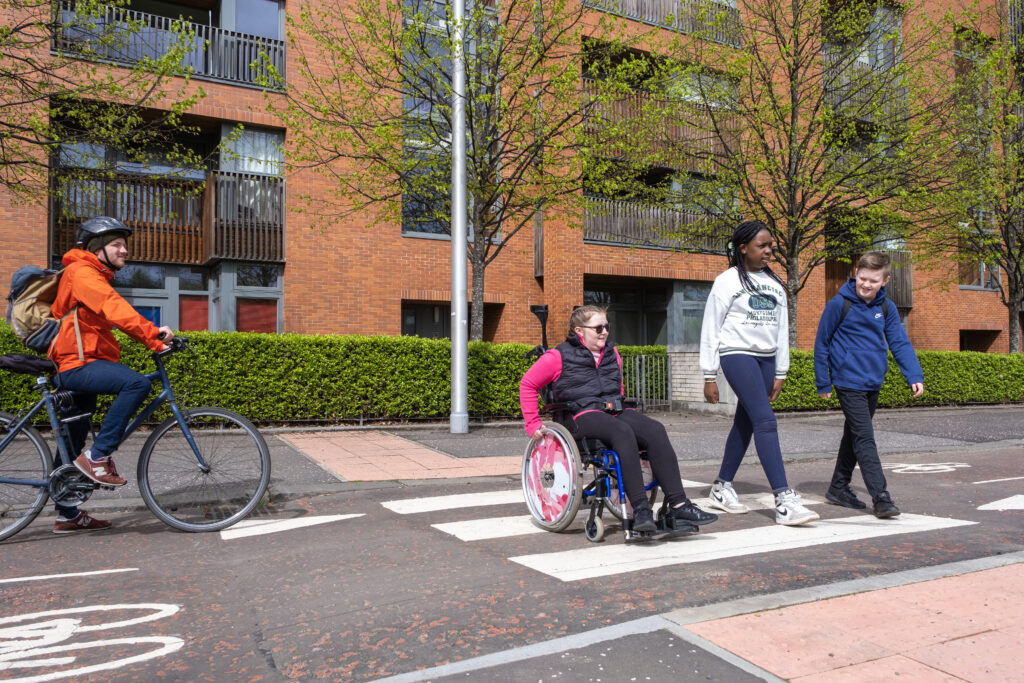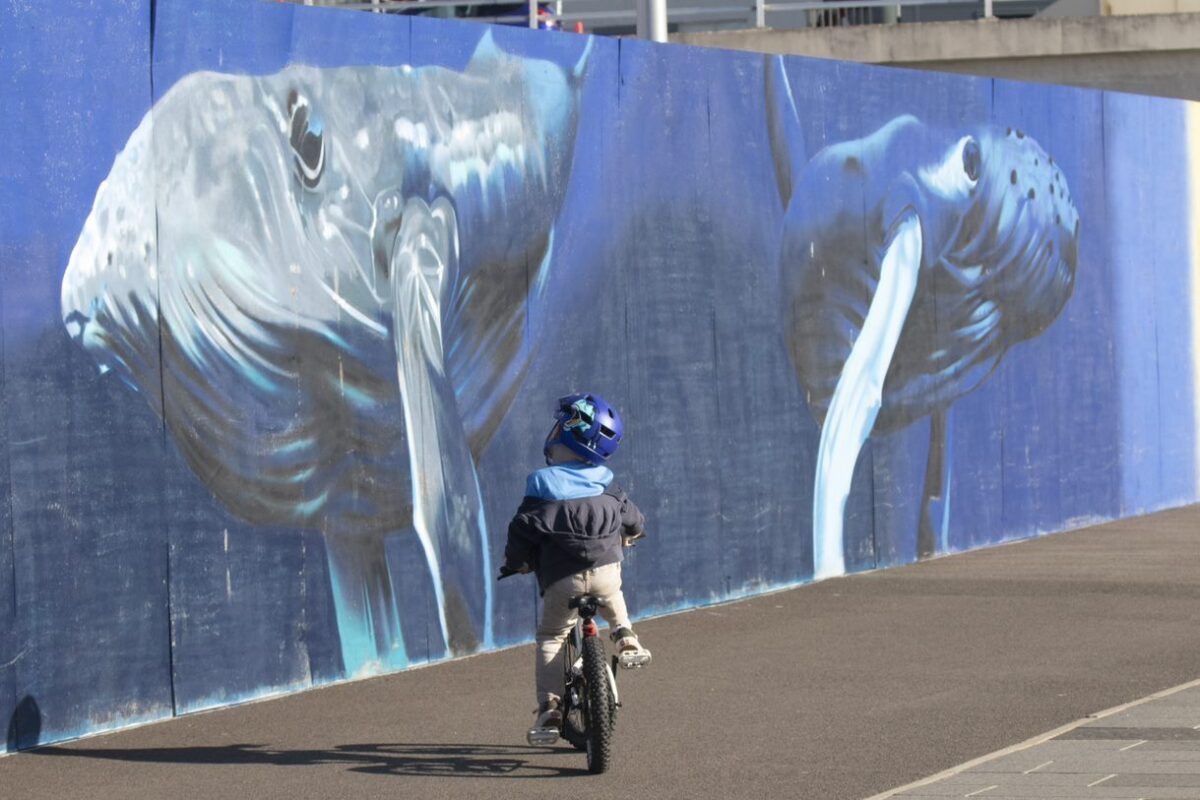New year, new walking wheeling and cycling links
On 12 January 2024, a groundbreaking ceremony was held to mark the start of construction on the ambitious £22.68 million project to upgrade and improve Aurs Road in East Renfrewshire.
The project will not only create a safer, more direct local route between Barrhead and Newton Mearns by straightening out the carriageway and replacing a weak road bridge, it will also open up all new possibilities for walking, wheeling and cycling.
£8.19 million of funding provided by Places for Everyone will deliver a new 2km active travel route between the two adjacent communities, as well as an impressive 700m waterside promenade overlooking Balgray Reservoir.
As a result of the project, residents and visitors will now be able to make safer, healthier and more sustainable everyday journeys between Barrhead and Newton Mearns.
The new waterside promenade also offers the communities an accessible space to relax or meet up with friends and family.
Further plans as part of the wider Aurs Road project include a new 4km circular route around the perimeter of Balgray Reservoir, providing unprecedented access to Dams and Darnley Country Park.
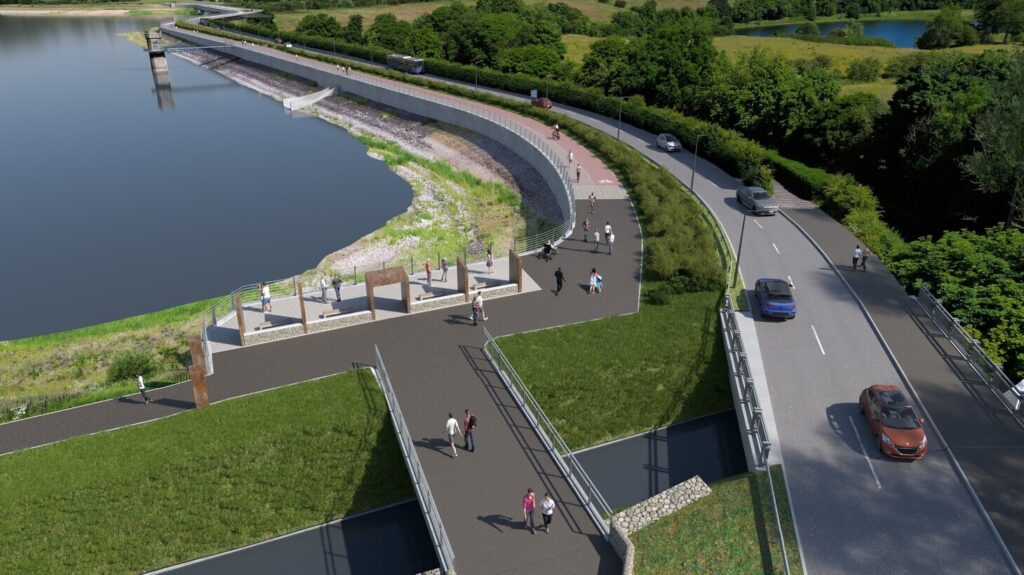
Making connections outside of the city
Often, outside of our city and town centres, a lack of safe and accessible walking, wheeling and cycling infrastructure and patchy public transport links can leave communities feeling disconnected.
For households without access to a car, it also means that reaching essential, everyday destinations like their places of work, shops or health services can be difficult.
We’ve already seen the value that new walking, wheeling and cycling connections can deliver to smaller communities through Places for Everyone projects like the completed in partnership with Scottish Borders Council in 2023.
The Balgray Active Travel Links project is another clear example of how Local Authority ambition can boost independence and choice in how communities get around, whilst also forging new links and connections.
With a combined population of almost 50,000 people, the potential impact on local travel habits throughout Barrhead and Newton Mearns can’t be overstated.
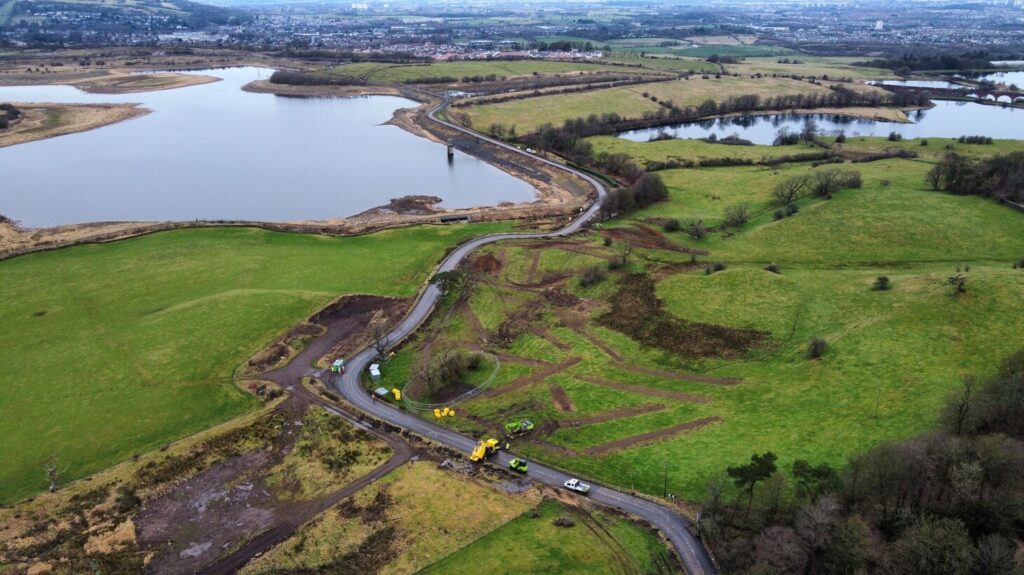
Partnered in community celebration
In truly frosty conditions, representatives of the project delivery teams gathered alongside Aurs Road to formally inaugurate the construction.
Karen McGregor, Scotland Director for Sustrans, shared her thoughts:
“Improving active travel links between communities outside of our cities is vital.”
“This project does exactly that by delivering an accessible and direct walking, wheeling and cycling link between Barrhead and Newton Mearns for residents and visitors alike.”
“We’re absolutely delighted to see work now starting on this project and grateful to all those who have taken part in making it a success.”
Karen McGregor, Scotland Director, Sustrans
East Renfrewshire Council Leader Owen O’Donnell added:
“Since announcing our plans for transforming Aurs Road, we’ve had a fantastic response from residents who are excited about the delivery of a much needed improved and straightened road with active travel link.”
Owen O’Donnell, Leader, East Renfrewshire Council
Signed diversion routes are in place via Stewarton Road, Nitshill Road and Darnley Road.
Funding for the wider £22.68 million Aurs Road project was received from the Glasgow City Region City Deal, made up of funding from the UK and Scottish Government and East Renfrewshire Council, the Scottish Government’s Bridge Fund, and developer contributions from new house building projects in the area.
£8.19 million was received for the Balgray Active Travel Links project through the Places for Everyone fund, which is backed by Transport Scotland and administered by Sustrans.
